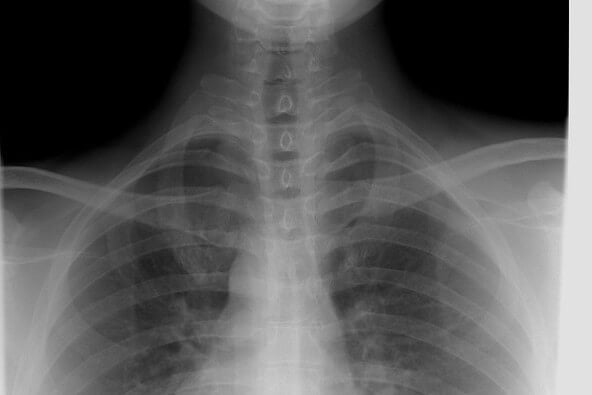Key Points
- A new study found that different hormone therapies increase lumbar spine bone mineral density (BMD) and protect against bone loss in postmenopausal women.
- The study is based on real-world data from more than 6,000 postmenopausal women involved in the national Health and Nutrition Examination Survey.
- All the therapies evaluated increased lumbar spine BMD in postmenopausal women and provided protection against osteopenia except for the estrogen-only patches. These benefits persisted even after hormone preparations were discontinued.
A new study shows that different hormone therapies can increase bone mineral density and protect against bone loss in postmenopausal women. The study was conducted by researchers who evaluated the associations of various types of hormone preparations with bone mineral density, osteopenia, and osteoporosis in postmenopausal women. The study used real-world data from more than 6,000 postmenopausal women involved in the national Health and Nutrition Examination Survey.
Osteoporosis is a debilitating condition that affects approximately 14 million people in the United States alone. It is characterized by decreased bone mineral density and an increased risk of bone fragility that results in pain, fracture, and disability, often associated with estrogen deficiency. Postmenopausal women have a greater risk of developing osteoporosis than older men.
Hormone therapy (HT) is widely used for the prevention and management of osteoporosis. However, there have been conflicting studies about the lingering benefits after hormone use is discontinued. In this study, multiple therapies were studied, including oral contraceptive pills, estrogen-only pills, estrogen-progestogen combination pills, and estrogen-only patches.
The results showed that all the therapies evaluated increased lumbar spine BMD in postmenopausal women. Except for the estrogen-only patches, all forms of HT additionally provided protection against osteopenia. These benefits persisted even after hormone preparations were discontinued. No association, however, was found between HT and osteoporosis prevalence.
Dr. Stephanie Faubion, NAMS medical director, says, “This large cross-sectional study showed that current and prior use of multiple types of hormone therapies, including combined hormone contraception used in premenopausal women and menopause hormone therapies, were linked with bone protection in postmenopausal women and that these effects persisted after discontinuation of treatment.”
Further study is needed to investigate the influence of time since stopping hormone therapy as well as the differential effects of various doses and formulations on bone health, including fracture risk. For more information about menopause and healthy aging, visit the North American Menopause Society (NAMS) website. NAMS is a nonprofit organization that promotes the health and quality of life of all women during midlife and beyond through an understanding of menopause and healthy aging.


